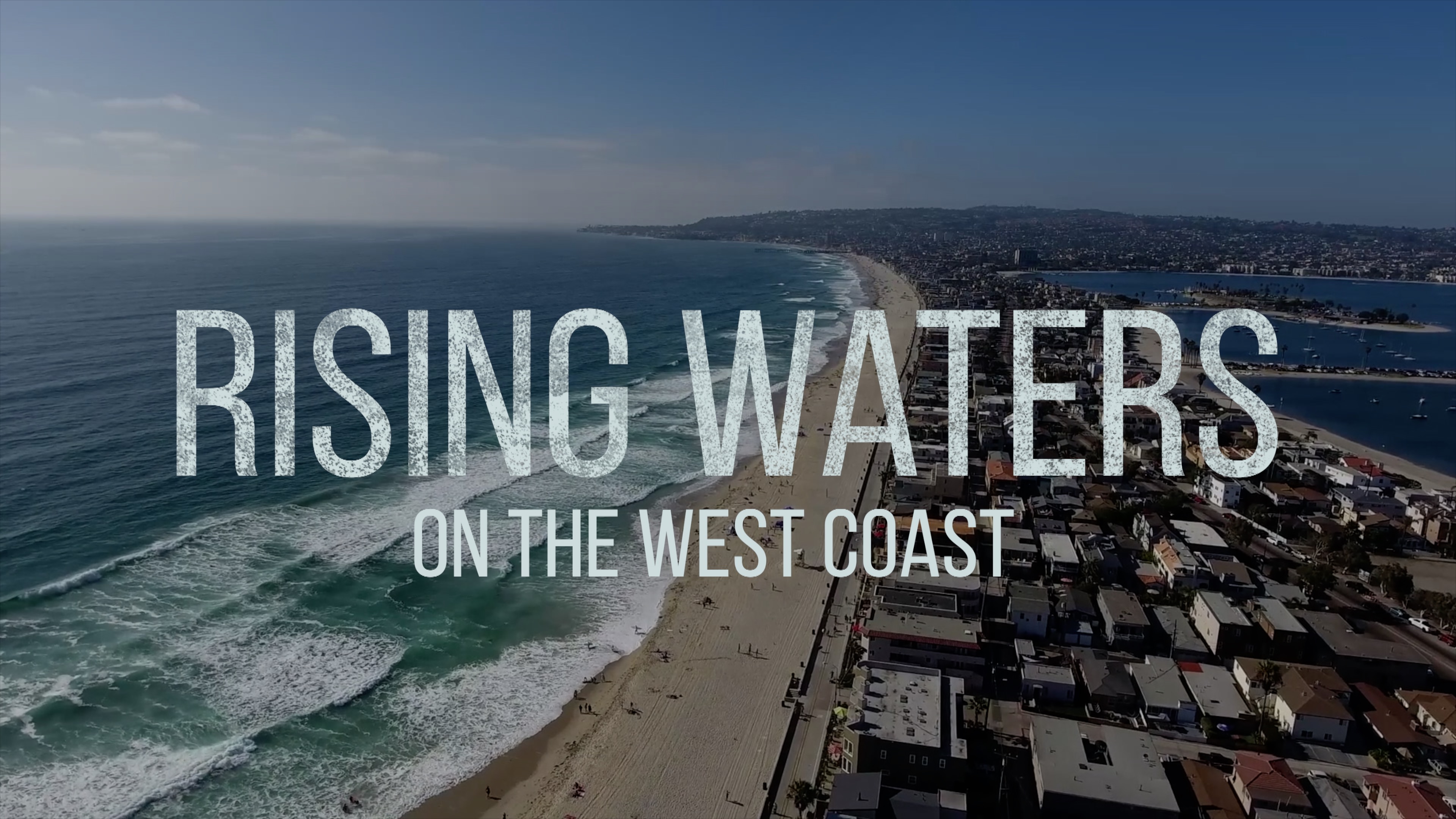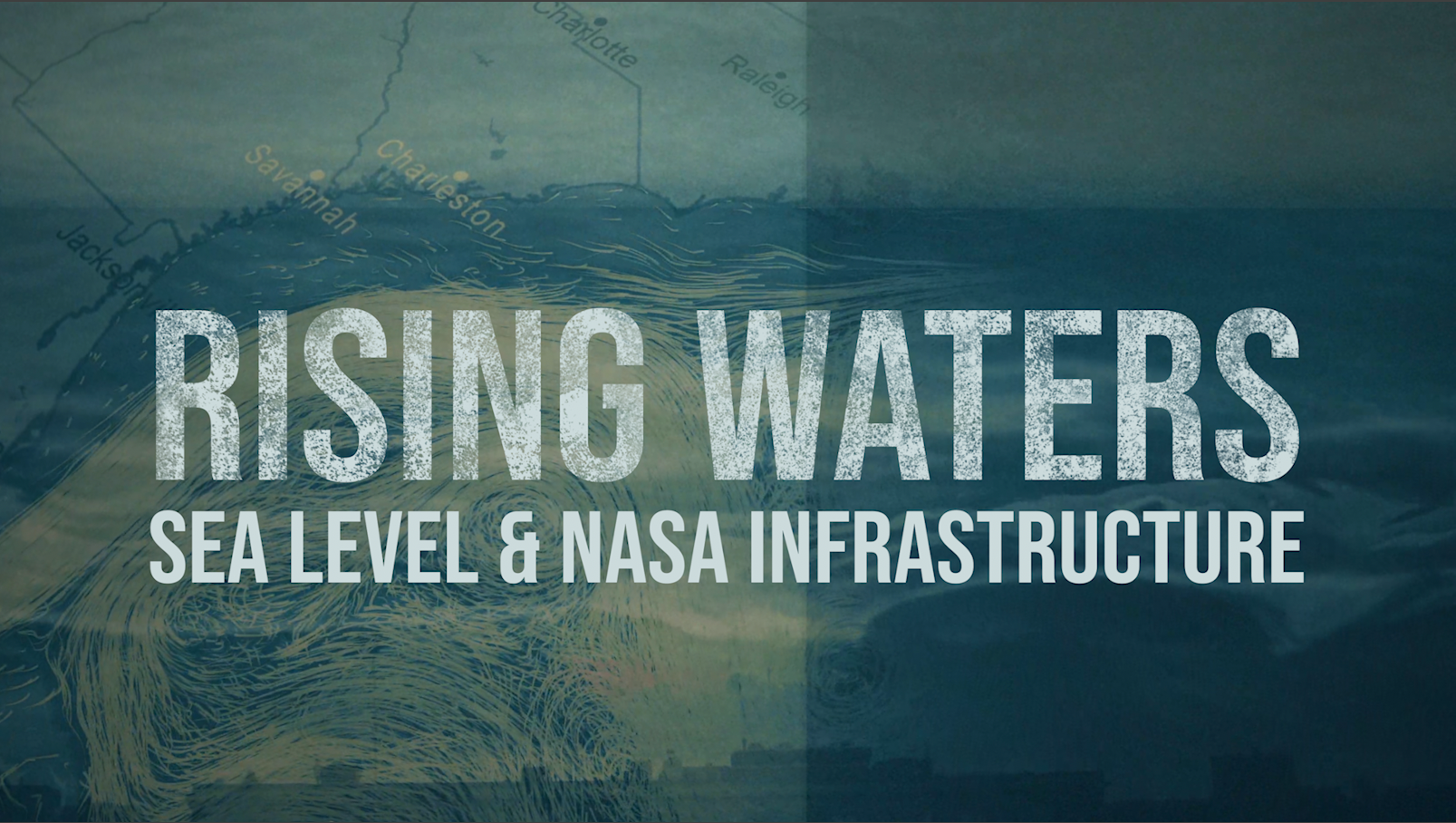Rising Waters: Out-of-Balance Ice Sheets
Greenland and Antarctica are home to most of the world's glacial ice – including its only two ice sheets – making them areas of particular interest to scientists. Combined, the two regions also contain enough ice, that if it were to melt all at once, would raise sea levels by nearly 215 feet (65 meters) – making the study and understanding of them not just interesting, but crucial to our near-term adaptability and our long term survival in a changing world.
Complete transcript available.
When warm summer air melts the surface of a glacier, the meltwater bores holes down through the ice. It makes its way all the way down to the bottom of the glacier where it runs between the ice and the glacier bed, and eventually shoots out in a plume at the glacier base and into the surrounding ocean.
The meltwater plume is lighter than the surrounding ocean water because it doesn't contain salt. So it rises toward the surface, mixing the warm ocean water upward in the process. The warm water then rubs up against the bottom of the glacier, causing even more of the glacier to melt. This often leads to calving – ice cracking and breaking off into large ice chunks (icebergs) – at the front end, or terminus of the glacier.
Credits
Please give credit for this item to:
NASA's Scientific Visualization Studio
-
Producers
- LK Ward (USRA)
- Esprit Smith (KBR Wyle Services, LLC)
-
Writer
- Esprit Smith (KBR Wyle Services, LLC)
-
Animators
- Bailee DesRocher (USRA)
- Richard Barkus (JPL)
-
Visualizer
- Cindy Starr (Global Science and Technology, Inc.)
-
Scientist
- Josh Willis (JPL)
Release date
This page was originally published on Thursday, November 5, 2020.
This page was last updated on Wednesday, May 3, 2023 at 1:44 PM EDT.
![Music: Rain over the Sea by Bruno Vouillon [SACEM]Complete transcript available.](/vis/a010000/a013700/a013747/Thumbnail0.jpg)


![Universal Production Music: "Patisserie Pressure" by Benjamin James Parsons [PRS]Complete transcript available.This video can be freely shared and downloaded. While the video in its entirety can be shared without permission, some individual imagery provided by pond5.com and Artbeats is obtained through permission and may not be excised or remixed in other products. Specific details on stock footage may be found here. For more information on NASA’s media guidelines, visit https://www.nasa.gov/multimedia/guidelines/index.htmlNotes on Footage:
Provided by Artbeats: 00:00-00:03; 00:08-00:15; 01:02-01:09; 01:48-01:52; 01:58-02:02
Stock: 1:29 – 1:33 provided by Razvan25/Pond5](/vis/a010000/a013700/a013739/Card_Title.jpg)